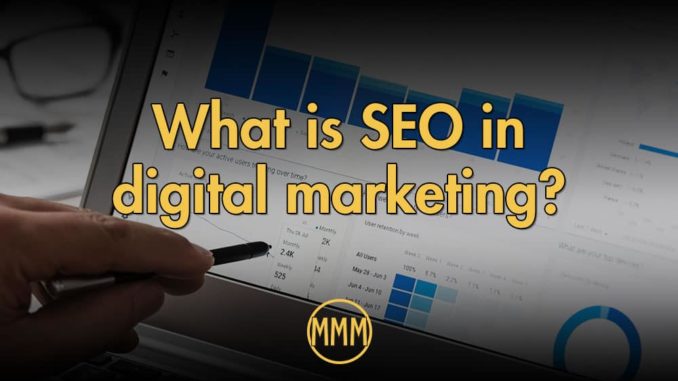
Summary: As important as SEO is, SEO in digital marketing is just one aspect. SEO in digital marketing is when you plan your content for a better page rank.
When I am out talking with people, the subject of Search Engine Optimization or SEO will inevitably come up. The truth is that SEO should be one of the strategies for your digital marketing but not the only approach for driving traffic. How do you use SEO as part of a digital marketing campaign? First, let’s define what is SEO in digital marketing.
What is SEO in digital marketing?
SEO in digital marketing is when you plan your content marketing campaign around getting a better page rank for your articles. This plan includes:
Search Phrase Research
In my article, , I talk about to get started, you write down your list of services. From there, you begin researching in Google for phrases that come up based on those services. In my opinion, longer search phrases have less competition. If you target your strategy around the longer search phrases, the odds that you rank high are definitely in your favor. Keep in mind that nearly one-third of all searches are more than four words.
Determine Which Search Phrases Best Identify Your Business
More importantly, determine which of those phrases you can create the best content. Another thing to consider as you are choosing your search phrases is how many articles have people already written on the subject. If you want to write about “what is SEO,” you better blow people out of the water with your content, or it will end up on page four.
Creating Content Around Those Search Phrases
Content comes in many different forms. However, it is usually the written content that ranks higher. It also helps if you can answer a specific question or problem. Eric Serdar wrote on the Moz.com blog an article about a great strategy in writing content to answer questions. I highly recommend that you read it.
Optimizing Pages for Search
Just writing an article and ignoring the SEO aspects of the page is counterproductive. To get the most out of SEO, you have to write with SEO in mind. Here are some things to consider when writing for SEO:
These are just a few things to keep in mind. A great plugin to get if you are using WordPress is Yoast. It is a plugin that will review the SEO quality for each page of your website based on your search phrase. If you opt for the premium version, it will suggest other articles in which you can link. I highly recommend it.
How Do You Use SEO in Digital Marketing?
You use SEO in your digital marketing plan as a way to drive traffic to your website without paying for it. As I mentioned before, SEO, like any other strategy, needs to be planned out. SEO, like similar digital marketing strategies, has to be monitored and reviewed periodically. Even pages that have rank may need updating as data on the page is either no longer relevant or has become stale.
SEO is just one piece of the digital marketing puzzle. However, you can use it as one of the methods to drive traffic. I have mentioned in other articles that nearly half of the traffic to my site comes from search queries. It is not by coincidence that it is happening. Every piece I write, including this one, the topic is chosen with search queries in mind.
Nothing Succeeds Without a Planning
No matter what you want to accomplish, there has to be a plan. These plans are fluid sometimes, but they are still templates to follow. SEO in digital marketing is no different. Taking guesses on what will work is a huge time waster. Strategically researching content, planning what content you are going to create, and optimizing that content for search is a plan for success.
Making an effort to create SEO friendly content is a cost-effective way to drive traffic to your site. Unlike paid placements, having an article come up when someone searches lend itself to your credibility. Think about it this way. Google thought enough of your piece to place it on the search results page. It also establishes you as someone knowledgeable in your field and provides valuable content to both your customers and potential customers.
